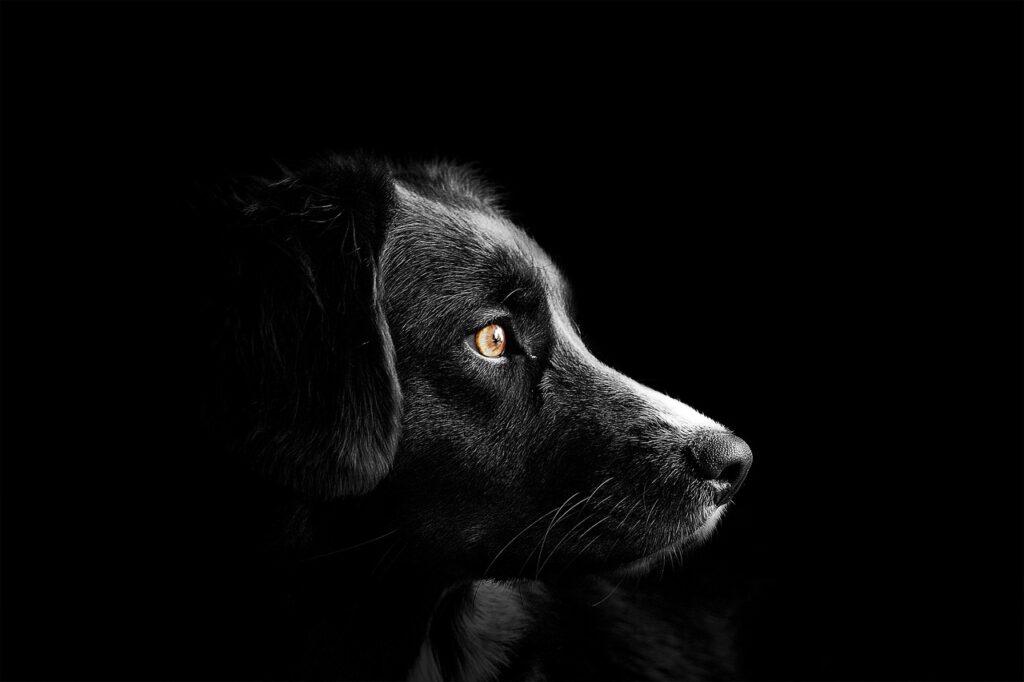Why Male Dogs Have Nipples Like human men, male dogs possessing nipples is part of evolution and should come as no surprise; boys and girls don’t differ much when in utero; everything starts female!
What exactly does this entail? To put things scientifically, two chromosomes determine sexuality – X and Y; females have two of each (XX for females; one XY for men), with females possessing both. Nipples begin developing before all their specific sex chromosomes have fully emerged.
At early stages, reproductive organs remain undifferentiated and undeveloped due to both males and females having an X chromosome, meaning all fetuses exhibit female features before any male traits manifest themselves; their female-looking genitalia forms before male characteristics begin developing with each of the four Y chromosomes acting to differentiate male from female characteristics – all being feminine at birth!
At approximately five weeks gestation, puppies begin developing their reproductive organs. If the dog is female, thanks to an extra X chromosome, her mammary organs develop fully thanks to producing milk for nursing their young and producing milk as needed by biological processes. Conversely, male pups will still display mammary glands and nipples, but these remain underdeveloped due to the Y chromosome, which prevents full development.
Male dogs don’t benefit much from having nipples, yet these devices still exist and exist for your consideration.
Why Are Dogs Chilling
How Many Nipples Do Dogs Have? On average, male and female dogs possess eight to ten nipples on each underside of their bellies, which are evenly spaced out symmetrically for easy pawing and grooming.
How To Recognize Bumps on the Belly: When It Isn’t a Nipple If you notice any irregular spots on your dog’s belly that seem similar to what resembles a nipple would appear as, but they might not be one, how do you differentiate them? First, we must learn what other potential issues could exist before identifying whether there is one.
- Mammary Gland Carcinoma
This form of carcinoma often presents itself in dogs around their nipples and may form into an extremely painful tumor over time. Pay special attention to whether one nip of your dog stands out as more significant or abnormal than others.
Mammary gland carcinomas among males may be uncommon (affecting approximately 2.7%), yet not necessarily impossible–just unlikely. Mammary tumors can be both cancerous and noncancerous.
- Sebaceous Cyst
Sebaceous cysts are prevalent among canines. They often look similar to pimples or warts and occur close to or even conceal nipples – you could easily misidentify one as such at first!
Cysts may remain for an extended period before finally bursting and exodus a thick white discharge before eventually healing and disappearing altogether.
- Lipomas
Lipomas are common benign fatty tumors found throughout your pup’s body that typically present as soft, circular growths without pain, measuring no more significant than five centimeters in size with no discernable symptoms associated with them.
However, if they occur in sensitive areas, they could irritate you or others in the household, and your vet may suggest performing minor surgical interventions for appearance and functionality.
- Abscesses
Abscesses are usually caused by skin infection and appear as bumps or domes that eventually rupture and form an ulcer, often within hours. When this is the case, development can happen very rapidly.
At first glance, swelling, redness, and hair loss around an infected area should be readily evident to any pet owner or vet; these signs might make your canine very distressed, leading them to bite or chew at it in response. But most often, it’s easy to distinguish a nipple from an abscess.
- Mast Cell Tumor
Mast cell tumors, the most prevalent form of canine malign skin cancer, account for nearly 21% of canine skin tumors.
As soon as a tumor forms, it may protrude from the skin in an unusual area and look similar to a pimple at first glance if placed there; however, these tumors proliferate and are easy to recognize early on.
- Histiocytoma
In contrast with mast cell tumors, histiocytoma is a noncancerous tumor caused by abnormal histiocyte proliferation – immune cells responsible for protecting our bodies against diseases like pneumonia or HIV infection. Histiocytes form part of our defense mechanisms against harm.
Histiocytoma typically impacts dogs under two years of age. It presents as small hairless lumps on either the belly, which could easily be mistaken for the nipple if placed near its central point. Histiocytomas may also appear on these pets’ necks, heads, ears, and limbs.
Conclusion
By now, you should know that, just like humans, male dogs also possess nipples – although these won’t ever serve any objective function, they develop through evolution. Nipples are normal to observe on dogs; they are usually symmetrical and easily detectable!
Suppose your pup exhibits anything similar to what appears to be a nipple on its stomach but feels different than usual. In that case, they must visit a veterinarian to determine precisely what’s going on and diagnose any potential conditions or health problems.

